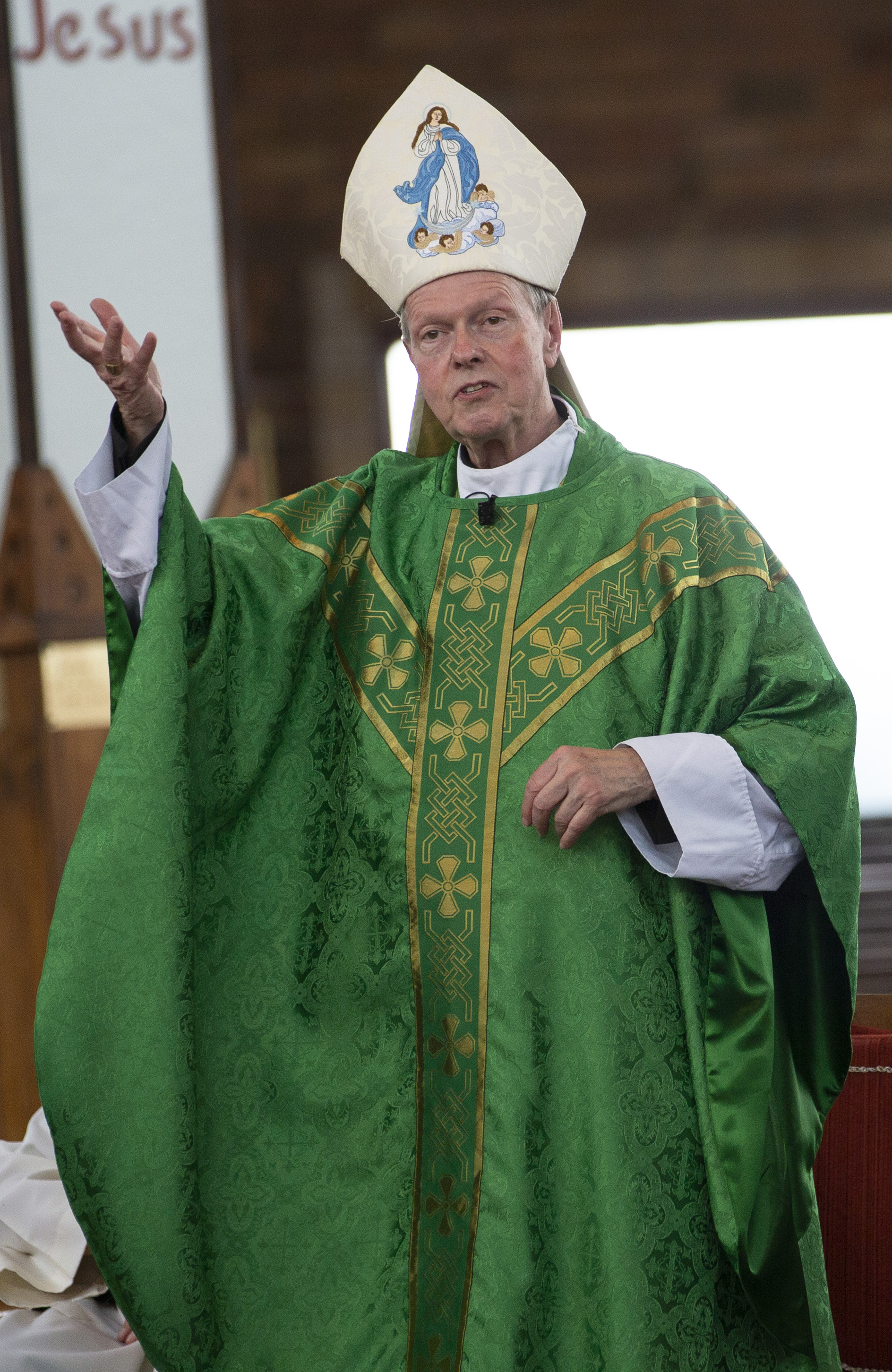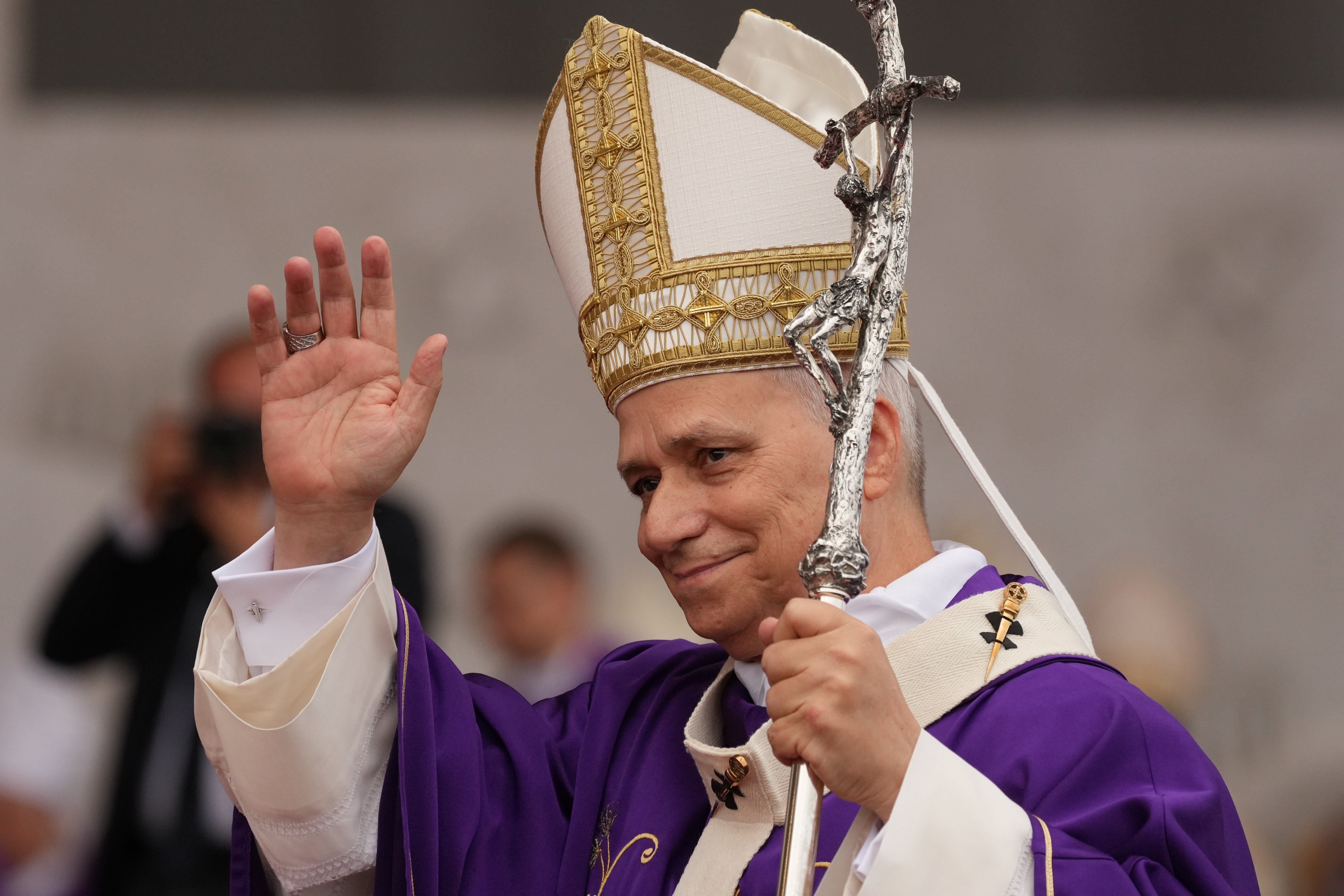October 10, 2018 at 3:33 p.m.
PERSPECTIVE
Examining use and abuse of power will help Church work through crisis
As I read through the accounts of the grand jury report from Pennsylvania on clergy sexual abuse that was released in August, my initial gut reaction was anger and extreme hurt.
As a priest, I was angry because those we believe to be the successors of the Apostles enabled an issue to continue that has wounded the body of Christ in ways that only God will heal. My hurt comes from how the actions of our leaders affect me as a priest, how I am viewed by the world and how to represent this organization whose leaders enabled such pain.
However, as a clinical social worker, I keep asking, “What are the dynamics behind the abuse of children and teens, the sexual exploitation of adults by someone in power and the dynamics that enabled those in leadership to create this horrendous secret?”
My opinion is that, if we only focus on sexual behavior, sexual orientation and marriage vs. celibacy, or women being ordained, then we will never get to the real issues, and we will see these types of behaviors resurface in other unhealthy behaviors.
I leave the moral questions that this causes to the moral theologians. From a systems perspective, these behaviors are also indicative of structural issues of the organization of the Church itself. We are dealing with several issues:
• abuse of pre-pubescent children (before puberty) and post-pubescent (after puberty) teens;
• sexual harassment of adults by a person in power over them; and
• using power to cover up the actions of another.
These distinctions are very important, even though the underlying dynamics may be the same. These distinctions do not minimize the effect of the behaviors; however, the effects will be manifested differently.
Although researchers vary on the causes of abuse, the one dynamic I think needs to be explored more is the misuse of power. We must consider:
• past abuse in the life of the perpetrator,
• personality disorders,
• addictions,
• possible issues in the brain function (with the abuse of prepubescent children) and
• an issue with sexual maturity.
The issue that seems to be in all the cases of abuse is that the perpetrator has some type of power over the other person. An adult has power over a child or a teen, an employer over an employee, bishop over seminarian and so on.
In an article in the Acta Theologica Journal, Dr. M. Reynaert writes that the misuse of power can be “very visible,” as in rape, or “very subtle,” as in grooming behavior, threats of being fired or not ordained and the like.
She also emphasizes that there needs to be free and effective consent. No child or teen has the ability to consent to an adult’s advances. A person being pressured to engage in any sexual behavior cannot consent, and a woman or man caught in the cycle of domestic abuse loses the ability to consent, due to fear of violence or emotional manipulation.
Power is also a factor. The person with more power can manipulate the boundaries that exist in the relationship using fear, coercion, threats and manipulation. In the case of child abuse, the fact that the adult is larger and stronger than the child contributes to power abuse. This is the same factor in domestic violence. This dynamic occurs in an adult relationship when one adult has more power than the other (employer-employee, bishop to priest or seminarian, pastor or pastoral leadership to parishioner, therapist-client, doctor-patient).
The power that society or the individual invests in another is a sacred trust, but one that has been manipulated in many areas of society, to the benefit of the one with more power.
Dr. Reynaert also emphasizes that the victim feels powerless for years after the abuse. Powerlessness becomes engrained in the person’s psyche; therefore, the abuser continues to control the individual by the fear, anxiety and trauma that the abuser used — which is as real to the victim as it was on the occasion(s) of the abuse. Some theorize that the trauma is encoded in the brain on a neurochemical level.
Often, one task in treatment is to provide a space in which the individual can process what happened and learn new ways to deal with this painful memory in present-day life. The individual is chained into a loop of fear that someone will find out, or fear of what the abuser said he or she would do if anyone was told.
These deep-seated messages are how a victim continues to feel powerless years after the abuse ends. They can become an underlying motivation for the behaviors a person uses to try and cope and have some sense of power in life, even if the behaviors are unhealthy.
Misuse of power in not acknowledging or handling reports of abuse can also be considered abusive. When a person risks telling someone in authority that some type of abuse occurred and the person in authority either ignores it, or promises to take action but nothing happens, the lesson learned is no one can be trusted. It can also reinforce the abuser’s voice in the person’s head: “No one will believe you.” When the person vested with power by the institution or society uses the power to act in unhealthy ways (not reporting the abuse, not being public about it, trying to protect the church or civil institution’s reputation), then the individual learns a profound lesson: “I can trust no one.”
By using power in a negative way, we see the negative outcomes. An atmosphere of mistrust and fear will begin to grow.
In any institution, not just the Church, the healthy use of power in these difficult situations by handling them in open and transparent methods creates a sense of safety for those in the organization, especially those who are vulnerable.
This is the issue with the structure of how the Church operates on a human level; it is not a denial of the divine origin of the Church.
Our formation programs need to address sexuality and also address the proper awareness and use of power. Someone can misuse power for their own gain, and it will not involve any sexual behavior. This formation process is not just for priests, but bishops, deacons, lay ecclesial ministers, faith formation leadership and anyone in leadership in lay ministries in our parishes.
Using anger in an intimidating way, being passive-aggressive or “using” people to gain something are issues that also occur. All people in ministry need to have a proper sense of boundaries and to own the reality that, in ministerial relationships, the minister has more power than the other. It is up to the minister to maintain the boundaries and to use his or her power to help and not harm.
If we are willing to consider a systematic change to the organizational part of the Church and create a structure that admits power and uses it to build and not destroy, then our Church will be reborn with a stronger sense of Jesus who became powerless on the cross to show us the power of love.
As the people of God, I believe the Gospel calls us to be in solidarity with the vulnerable and to treat all with honor and respect. By owning the power in a relationship and using it in healthy ways, the kingdom will grow and flourish.
(Father Konopka is director of the diocesan Consultation Center in Albany, which offers mental health services, and pastor of St. Mary’s parish in Clinton Heights. Contact the Consultation Center at 518-489-4431 and see www.consultationcenteralbany.org.)
- Washington Roundup: Trump drops National Guard deployment, Roberts says Constitution remains ‘firm’
- Kentucky, Wisconsin bishops issue statements affirming dignity of migrants
- Catholic influencer says son is ‘already in heaven at work’ after losing flu battle
- Israel bans dozens of aid groups from Gaza, including Caritas, drawing condemnation
- Trump’s order and Pope Leo’s vision for regulating AI: Can they converge?
- ‘Be open to what the Lord has in store for you,’ Pope Leo tells SEEK 2026 attendees
- Become a member of the Magi
- Full text: Pope Leo XIV Angelus address on Jan. 1, 2026
- Full text: Pope Leo’s homily on Jan. 1, the feast of Mary, Mother of God
- New year marks time to usher in era of peace, friendship among all people, pope says








Comments:
You must login to comment.